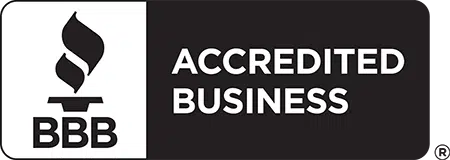When choosing a rhinoplasty surgeon, there are several things to consider to ensure you get the best possible care and results. This article will provide an overview of what to look for in a rhinoplasty surgeon so that you can make an informed decision regarding your nose-reshaping procedure.

Tips to Choose your Rhinoplasty Surgeon
- Before searching, have clear goals and understand your aesthetic or medical concerns, including breathing issues and desired changes to your nose.
- Select a surgeon with extensive rhinoplasty experience, board certification in plastic surgery or otolaryngology, ensuring specialized training for advanced care and results.
- Investigate the surgeon’s credentials, read online reviews, seek referrals, and confirm their state medical board license and malpractice insurance for quality assurance.
- Ask specific questions about the rhinoplasty procedure, including the surgeon’s specialty, expected results, anesthesia options, and recovery times for informed decision-making.
- Ensure comfort with the surgeon during consultation, checking their responsiveness to your concerns, and their ability to clearly and accurately answer questions.
What to Look for When Choosing a Rhinoplasty Surgeon
Before beginning your search for a rhinoplasty surgeon, you should have clear goals and a good understanding concerning aesthetic or medical concerns.
List any breathing issues, evaluate the shape and appearance of your nose, and decide which changes you would like made during the operation. Knowing this information beforehand will make it easier to find the right doctor to provide you with the desired nose surgery.
1. Look for Experience and Training
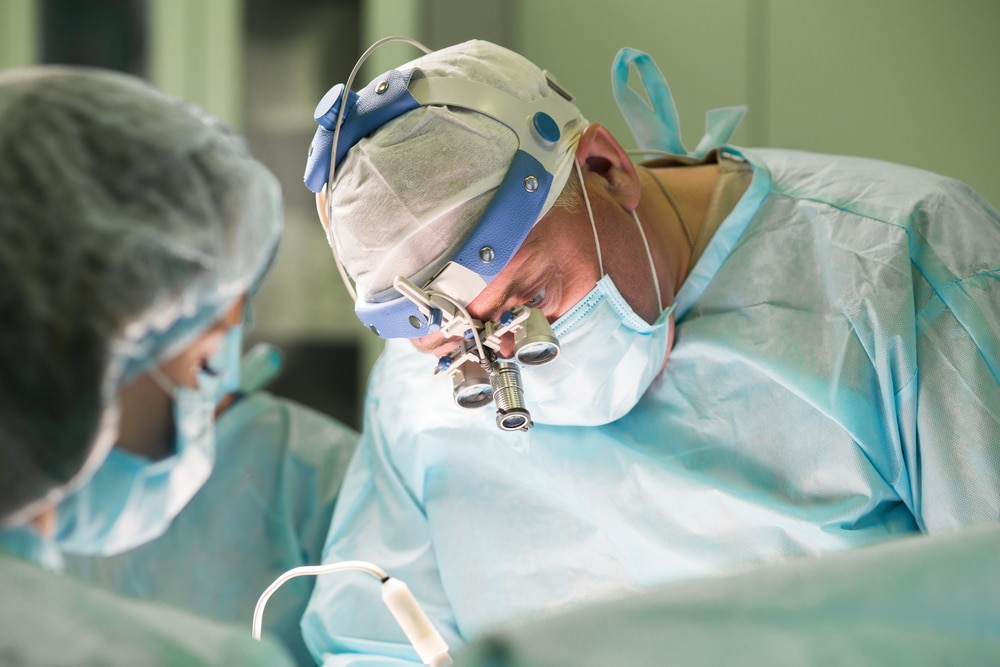
When choosing a rhinoplasty surgeon, it is important to look for one with extensive experience in rhinoplasty surgery and the necessary training and certifications. Look for a surgeon board certified in plastic surgery or otolaryngology, also known as ear, nose, and throat (ENT) surgery. Being board certified in plastic surgery or otolaryngology ensures that the surgeon has received specialized training in rhinoplasty procedures, providing advanced care and positive results.
It would be best to ask your potential rhinoplasty surgeon about their experience with rhinoplasty surgeries, including how many rhinoplasties they have performed and their success rate.
2. Research the Surgeon’s Credentials

In addition to looking for experience and training, it is critical to investigate each rhinoplasty surgeon’s credentials. You should read any online reviews or comments from previous patients, ask your doctor for referrals, and even ask friends or family who have had rhinoplasties with this surgeon.
It’s also critical that your rhinoplasty surgeon is licensed by the state’s medical board and is insured in the event of a malpractice claim. Proper licensing will help ensure you receive quality care from an experienced professional. Doctors usually have a network of surgeons and plastic surgeons with whom they collaborate, and they can be great resources for finding the right rhinoplasty surgeon.
Questions about your procedure?
Schedule a consultation with Dr. Andres Bustillo.
3. Ask Questions About the Procedure

Before you commit to rhinoplasty surgery, make sure that you ask the rhinoplasty surgeon any questions that you have about the procedure, including what type of rhinoplasty they specialize in and the expected results. It is also helpful to discuss possible anesthesia and recovery times with your rhinoplasty surgeon, as well as the availability of the procedure for pregnant women or any other case, so you are informed before surgery.
4. Ask About the Anesthesia Options
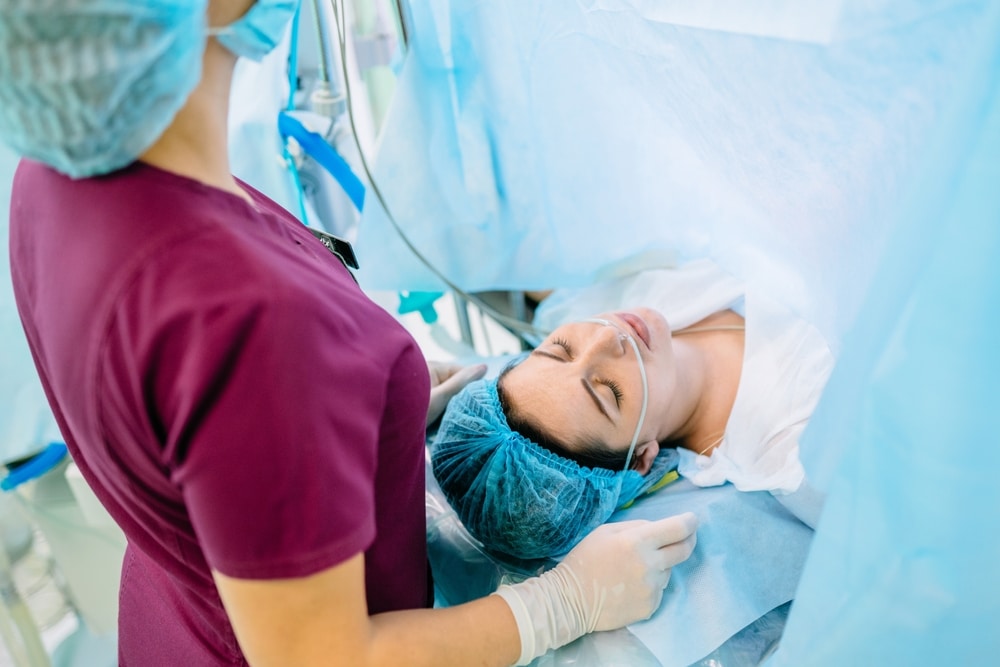
Determining which anesthesia options are available to you when undergoing rhinoplasty surgery is advisable. Options may include local anesthesia, general anesthesia, IV sedation, or a combination of IV and local anesthesia. Ask about the e doctor’s preference and what they think is best for you.
5. Look at Before and After Photos

It would help if you looked at before and after photos of rhinoplasty patients before deciding which surgeon to choose. Make sure you look at rhinoplasty before and after pictures of patients who are as similar to you as possible. You can find these pictures online, on surgeons’ websites, or even in their offices.
If the surgeon has a website displaying before and after pictures of rhinoplasty patients, you should check them out. If the surgeon does not have these pictures on the website, then you can send them an email asking for them.
6. Comfort Level

It’s important to feel comfortable with your rhinoplasty surgeon so you can discuss your expectations openly and honestly. During your consultation, consider whether the doctor listens carefully to your concerns and answers your questions clearly and accurately.
You can expect the best results possible when rhinoplasty is performed by a professional who takes the time to understand your needs. If you don’t feel like you are getting the information you need or if something makes you uncomfortable, it may be time to look for another rhinoplasty surgeon.
7. Location and Accessibility
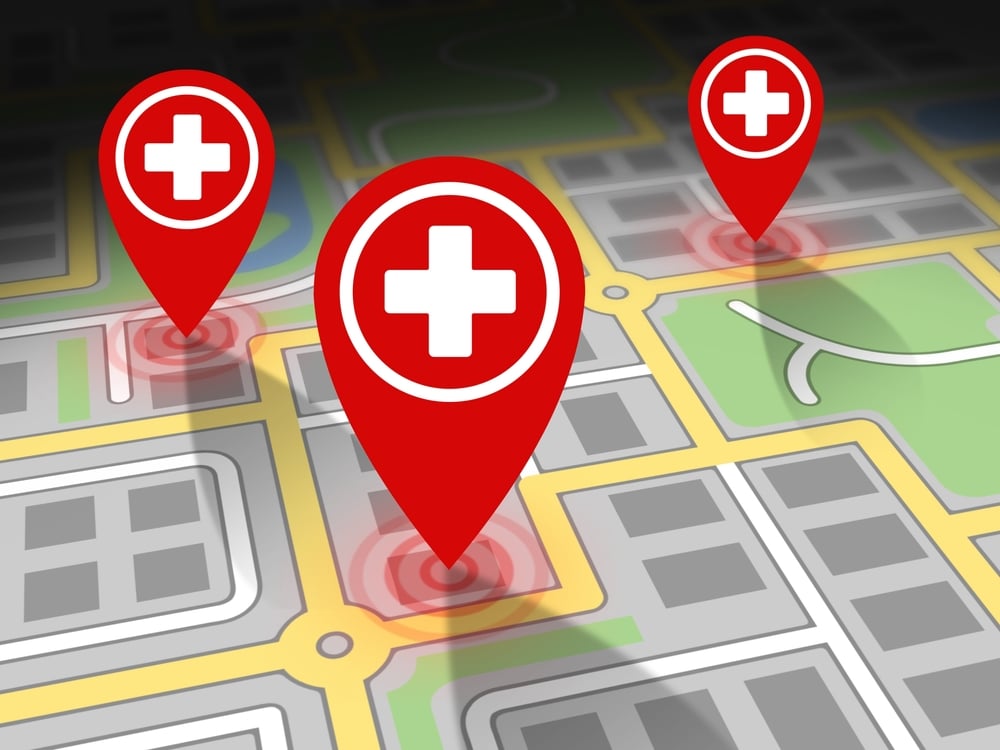
The location and accessibility of the surgeon’s practice are significant aspects to consider when planning for a rhinoplasty surgery. The convenience of the location can greatly impact the ease of the whole process, from initial consultation to the recovery period.
In addition to the nose surgery, follow-up appointments are crucial for monitoring the healing process and ensuring the success of the procedure. A convenient location will help to ensure that you keep these appointments.

Schedule Your Nose Surgery Consultation Today
Ready to take the next step in achieving your ideal look? Schedule a rhinoplasty consultation today and get ready to transform your life.
At Dr. Bustillo’s practice, you can rest assured that you will be in great hands. With over 20 years of facial plastic surgery experience, he is one of the most experienced nasal surgeons in South Florida and provides natural-looking results.
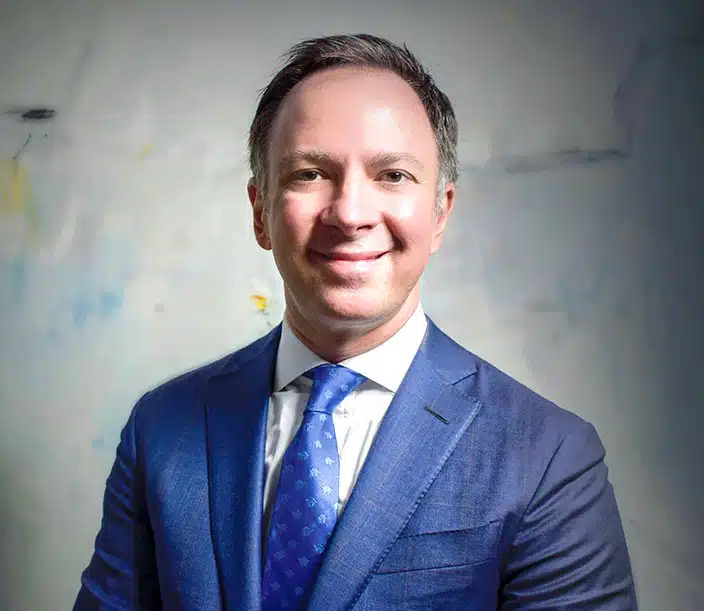
Why Choose Dr. Bustillo for Your Rhinoplasty Procedure?
Dr. Bustillo is a double board-certified facial plastic surgeon, and his practice is devoted to nose surgery, which makes him one of the top choices for rhinoplasty. He has extensive experience with different noses and ethnic rhinoplasty types, delivering natural-looking results that will fit harmoniously with your other facial features.
In addition to providing beautiful results, Dr. Bustillo specializes in improving nasal function, such as correcting a deviated septum or enlarged turbinates causing nasal obstruction. With over 300 successful surgeries under his belt, you can trust that you are in good hands when choosing Dr. Bustillo for your procedure.
So don’t wait; book your consultation with Dr. Bustillo today and prepare to transform your life.
Still, have questions about rhinoplasty or Dr. Bustillo’s practice? Feel free to contact us; one of our highly trained team members will be more than happy to answer all your queries. We look forward to hearing from you soon.
FAQs: Best Rhinoplasty Miami
Look for a surgeon who is board certified in plastic surgery or otolaryngology, indicating specialized training and expertise in rhinoplasty procedures.
Experience is crucial. Choose a surgeon with a significant number of successful rhinoplasty surgeries, as this reflects their proficiency and skill in the field.
Yes, review before and after photos of the surgeon’s previous patients, particularly those with similar cases to yours, to evaluate the surgeon’s expertise and results.
Research the surgeon’s credentials, read patient reviews, and check their licensure with the state’s medical board. You can also ask for referrals from healthcare professionals.
Ask about their experience in rhinoplasty, types of procedures they specialize in, success rates, available anesthesia options, and expected recovery times.

